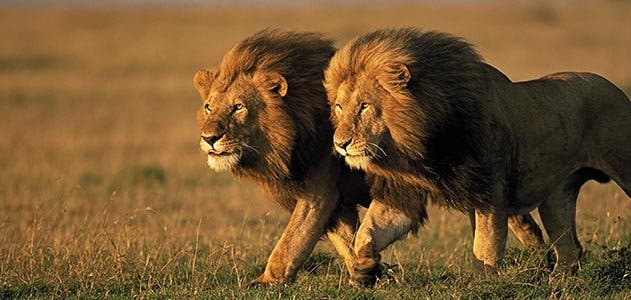Rwanda’s Akagera national park will soon be home to seven lions flown in from South Africa. This is the first time in 15 years that lions will set foot in the country after the entire population was wiped out by cattle herders in the chaos that followed the 1994 genocide. The predators will hopefully mate and steadily replenish lion numbers back to a historical level.

The lions, two males and five females, will be sourced from two parks in South Africa’s KwaZulu-Natal province where lion populations are actually “in surplus.” The individuals were chosen based on their reproductive capabilities and health. They will be caged, then transferred to the Akagera national park via both bus and plane in a journey that’s supposed to last 26 hours. During this whole time, a team of experienced veterinarians will constantly monitor the lions and ensure they are sufficiently tranquilized to reduce stress.
“The return of lions to Akagera is a conservation milestone for the park and the country,” said Peter Fearnhead, head of African Parks, which helps run Akagera.
Before being let loose in the 112,000-hectare park, the lions will be hold in quarantine for two weeks on a ranch enclosed with an electrified fence. Once veterinarians believe the lions aren’t in any danger, these will be released but not before they’re tagged with GPS trackers. This is to make sure any lion doesn’t stray too far and endanger itself.
The Rwanda park is a popular tourist attraction home to various antelope species, buffaloes, giraffes and zebras, as well as elephants and leopards.
“It is a breakthrough in the rehabilitation of the park … Their return will encourage the natural balance of the ecosystem and enhance the tourism product to further contribute to Rwanda’s status as an all-in-one safari destination,” says Yamina Karitanyi, the head of tourism at the Rwanda Development Board.
Hopefully, this time the lions won’t be slaughtered by the locals. Earlier this month, the International Union for Conservation of Nature again listed the lion as vulnerable in an update of its “red list” of species facing survival threats. While conservation efforts have been fairly successful in the Southern part of Africa, the same can’t nearly be said about West or East Africa where lion populations have reached dangerously low levels due to poaching and dwindling prey.


